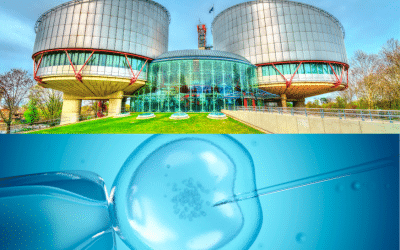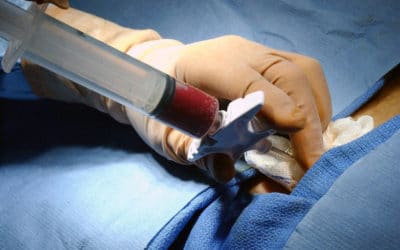On April 8, 2016 a new Chinese team from Guangzhou Medical University published an article in the « Journal of Assisted Reproduction and Genetics » where they describe having used the CRISPR-Cas9 technique to genetically modify human embryos.
This is the second publication of its kind, appearing almost one year after the first research study also performed by a Chinese team, which caused quite an international stir because this transgression raises serious ethical issues. As in the first controversial research study, the team used so-called 3PN embryos, which are generally believed to be “non-viable”.
These new experiments were carried out to add a mutation to the genome, and thus try to create a specific form of allele for CCR5 gene, labeled CCR5Δ32, capable of reducing human susceptibility to HIV.
The results of this experiment seem mixed, as analyzed by the American, Paul Knoepfler, eminent scientist and stem cell specialist at Davis Medical School in California.
The Chinese team reports having been able to induce mutation in only 10-15% of the embryos, but, and this is a fact considered as a positive outcome, they did not observe any “off-target” effects (i.e. making edits in other undesirable genomic spots). However another kind of mutation called “Indel” was observed 36-63% of the time. These mutations could lead to complete inactivation of CCR5 gene or production of abnormal forms of the protein which is responsible for this gene. CRISPR can lead to this “error” due to cells utilizing a specific type of DNA repair in response to cutting by CAS9 called “non-homologous end joining”.
It is also important to point out that the authors did not do complete DNA sequencing to look for “off-target effects” but only looked at a dozen potential sites for the presence of possible undesirable “secondary effects”.
A successful production of genetically modified human embryos that bear the CCR5Δ32 gene would require having both CCR5 alleles modified. Yet the authors did not find such homozygous CCR5Δ32 embryos. They observed evidence of mosaicism in these embryos as well: some cells were modified, others not.
According to Paul Knoepfler, the idea to create a genetically modified human being resistant to HIV infection could also lead to the idea of modifying blood cells ex vivo in the context of a gene therapy project. But this new Chinese study demonstrates many problems with this kind of research. Paul Knoepfler states « this paper does not in my opinion strengthen the case that the use of CRISPR-Cas9 on human embryos with reproductive intent is ever something that could work well enough to be done clinically.”
The Chinese team concludes that their work has implications for the development of therapeutic treatments of genetic disorders and it demonstrates that significant technical issues remain to be addressed. They end their report by advocating prevention of “any application of genome editing on the human germ line until after rigorous and thorough evaluation and discussion are undertaken by the global research and ethics communities.”
FOR ALLIANCE VITA
« This new step is one more alert. It is foreseeable that more and more teams throughout the world will work on human embryos for research purposes, and then the temptation to go further will strongly increase. This could open the door to the possibility of creating genetically modified children in the future, with genuine risks of eugenic abuse. This makes the necessity for a moratorium on human stem cells and the necessity for a true ethical debate on the subject all the more urgent”.



